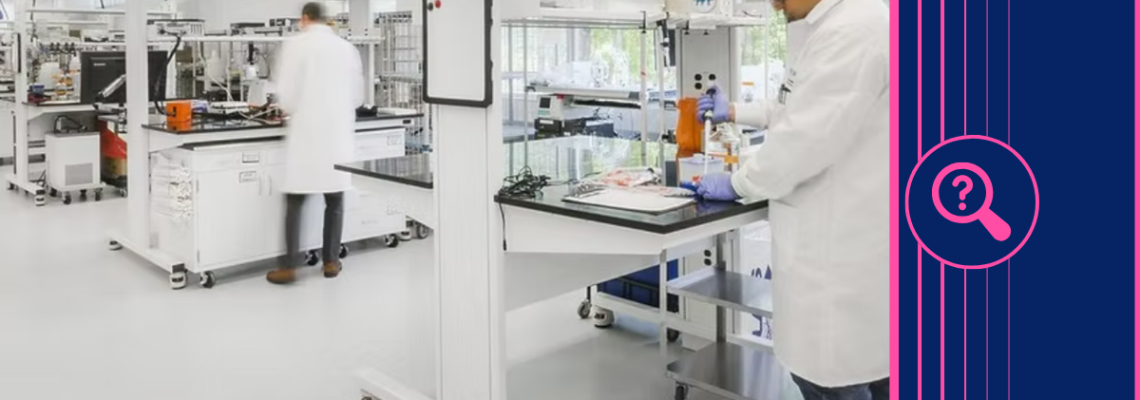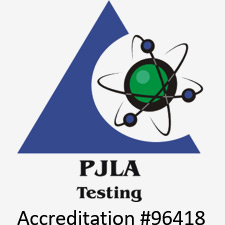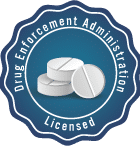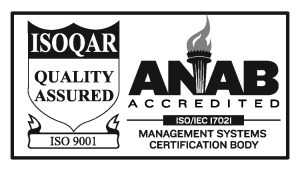Identifying an unknown in analytical science can be incredibly complex, but when successful, it reveals a material’s composition, exposes contaminants, and verifies product safety. Whether tracing a leachable, characterizing a polymer additive, or investigating an unexpected impurity, each investigation demands both speed and precision. Unlike routine analyses, they rarely follow a predictable route. Every sample brings its own challenges, and every stage, from receipt to interpretation, presents potential points of delay or rework. Improving laboratory efficiency is not just a matter of working faster. It involves designing workflows that reduce unnecessary effort, strengthen data integrity, and enable confident, evidence-based decisions. The following strategies outline how laboratories can improve efficiency and streamline the process of unknown identification.
1. Map and Optimize the Workflow
Efficiency begins with clarity. Unknown identification typically moves through several stages:
- Sample receipt
- Preparation
- Analysis
- Interpretation
- Reporting.
If the transitions between the different workflow stages are poorly defined, time can be lost to duplicated work or indecision. Mapping the entire process helps identify where samples spend the most time waiting, be it during preparation, analysis, or review. Moreover, introducing triage systems ensures complex or high-priority samples receive attention first, while defined decision gates and escalation routes maintain momentum should the results be inconclusive. A mapped, standardized workflow allows laboratories to allocate resources more effectively, avoid redundant steps, and sustain consistent turnaround times, which reflect an efficient unknown identification process.
2. Select Analytical Techniques Strategically
Choosing the right analytical method at each stage directly influences efficiency in unknown identification. A structured, tiered approach allows every analysis to build on the last, avoiding unnecessary testing.
Common techniques include:
- Gas Chromatography-Mass Spectrometry (GC-MS) and Liquid Chromatography-Mass Spectrometry (LC-MS) – provide rapid screening and compositional overviews.
- Orbitrap and Quadrupole Time-of-Flight Mass Spectrometry (QTOF MS) – deliver high-resolution molecular detail for confirmation.
- Inductively Coupled Plasma Mass Spectrometry (ICP-MS) – offers complementary elemental or inorganic data.
- Automated sample preparation tools (e.g., Accelerated Solvent Extraction (ASE)) – shorten extraction times and improve consistency.
Combined with regular and preventative maintenance, these analytical tools reduce re-runs and deliver faster, more reliable unknown identification.
3. Strengthen Data Management and Knowledge Reuse
As laboratory methods and analytical technologies become more sophisticated, the volume of data generated during unknown identification increases in parallel. Without robust management, that information can become fragmented and interpretation can slow. Implementing a Laboratory Information Management System (LIMS) or comparable digital platform centralizes tracking, preserves traceability from sample receipt to report, and reduces manual data handling. Curated spectral and compound libraries make matching faster and more reliable, while an internal knowledge base of previous identifications enables analysts to recognize recurring patterns and reach conclusions more quickly. Together these systems transform isolated data from unknown identification into an integrated knowledge network that drives continual efficiency gains.
4. Build Capability Through Training and Defined Roles
Skilled analysts, clear responsibilities, and effective communication are essential for achieving high performance in unknown identification. Regular training ensures staff remain confident using complex instruments and data systems. Moreover, defined roles prevent duplication and ambiguity within the workflow. Encouraging collaboration between analysts, reviewers, and management promotes the timely escalation of complex cases and faster decision-making. If everyone understands their function and how it fits within the broader process, work can progress with fewer interruptions and errors and a stronger sense of shared accountability, all of which contribute to a more efficient and resilient laboratory.
5. Make Quality an Efficiency Driver
Quality control and efficiency are interdependent. Reliable, high-integrity data produced on the first attempt reduces rework and saves valuable resources. Regular calibration, adherence to standard operating procedures (SOPs), and the use of blanks and replicates maintain consistency and data integrity across analyses. Monitoring key metrics, such as first-pass success rate, and carrying out preventive maintenance help reduce variability and downtime. Should quality be embedded in daily practice, laboratories can deliver faster, more dependable results in unknown identification.
6. Embed Continuous Improvement
Sustained efficiency relies on continual review and refinement. As materials, technologies, and regulations evolve, workflows must adapt to remain effective. Regular reviews of turnaround times, backlogs, and repeat analyses highlight where small changes can make a meaningful difference. Encouraging staff to suggest and test improvements fosters engagement and innovation, while data-driven evaluation ensures that adjustments deliver measurable results. Even modest changes, such as refining sample routing, reorganizing bench layouts, or automatic reports, can significantly improve throughput. Continuous improvement turns efficiency into an ongoing practice that advances with the science itself.
Driving Efficiency in Unknown Identification
Aligning people, processes, and technology is central to efficiency in unknown identification. By mapping workflows, selecting analytical techniques strategically, managing data effectively, developing skills, maintaining quality, and continually reviewing performance, laboratories can work faster, with greater reliability and confidence in their findings.
At Jordi Labs, these principles guide every aspect of our analytical operations. Through advanced instrumentation, structured processes, and a commitment to continual improvement, we provide dependable unknown identifications that help clients make informed, data-driven decisions across materials, pharmaceutical, and medical device applications. Our specialists are ready to help strengthen your unknown identification work. Contact us today for more information.





